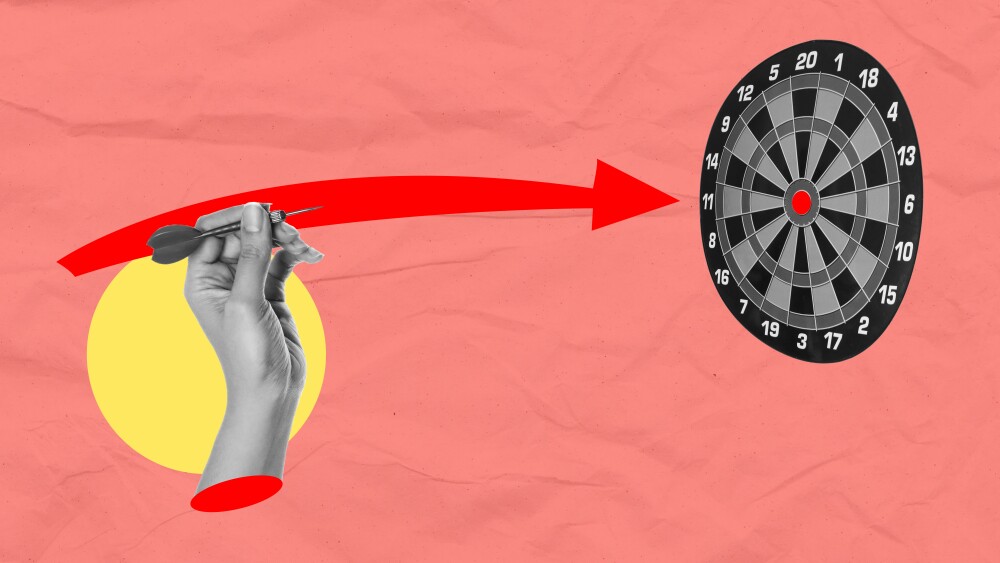Dr. Anikeeva, a neural engineer, is an Associate Investigator at the McGovern Institute for Brain Research at Massachusetts Institute of Technology (MIT). She’s an Associate Professor of Materials Science, Engineering, and Brain and Cognitive Sciences as well as an Associate Director of the Research Laboratory of Electronics.
“Welcome to the future, where prosthetics can feel the touch, broken spinal cords can be replaced, and the treatment for Parkinson’s can be as easy as an injection of a contrast agent followed by a nightly nap in a bed with magnetic coils. Sounds like science fiction, but I believe those are material science questions,” suggests Dr. Polina Anikeeva in an MIT Technology Review, EmTech presentation. Dr. Anikeeva, a neural engineer, is an Associate Investigator at the McGovern Institute for Brain Research at Massachusetts Institute of Technology (MIT). She’s an Associate Professor of Materials Science, Engineering, and Brain and Cognitive Sciences as well as an Associate Director of the Research Laboratory of Electronics.
“Polina Anikeeva works at the intersection of materials science, electronics, and neurobiology to improve our understanding and treatment of brain disorders. Polina Anikeeva designs, synthesizes, and fabricates optoelectronic and magnetic devices to advance fundamental understanding and treatment of disorders of the nervous system. Anikeeva’s lab designs probes that are compatible with delicate neural tissue, but match the signaling complexity of neural circuits. In addition, her group develops magnetic nanoparticles for non-invasive neural stimulation. The ultimate goal of Anikeeva’s research is to better understand, diagnose, and treat brain disorders such as depression, Parkinson’s disease, and spinal cord injury,” describes the MIT website.
Her explorations in STEM began in St. Petersburg, Russia, where she was born to mechanical engineers. ‘“My mother kept realizing that school was constantly too easy for me,” she says. So she was enrolled in an elite high school for gifted students run under the aegis of the Russian Academy of Sciences. She then was accepted into a physics program at St. Petersburg Polytechnic University, where she began mentorship with the “mother of polymer physics”, Dr. Tatiana Birshtein. Dr. Anikeeva spent time at the Swiss Federal Institute of Technology in Zurich, Switzerland, and the Los Alamos National Laboratory in New Mexico before eventually beginning graduate school at MIT.
Dr. Anikeeva spent her time at MIT researching the signaling functions of the brain, eventually developing a wireless system of neuron manipulation in mice. “In the system, nanoparticles injected into the brain convert a gentle, external magnetic field into heat, which triggers heat-sensitive ion channels that have been genetically engineered into neurons. Once triggered, the channels cause the neurons to fire, enabling exquisitely targeted stimulation of circuits. Demonstrated in Science in 2015, the system represents a noninvasive prototype that could help researchers unravel the neuronal underpinnings of brain disorders and someday help treat recalcitrant psychiatric and neurological diseases without resorting to the bulky electrodes currently used for deep brain stimulation in the treatment of Parkinson’s disease and some forms of depression.”
During her Ph.D. and postdoc, colleagues encouraged her to apply as an assistant professor at MIT. In 2018, Dr. Anikeeva went on to receive the Vilcek Prize for Creative Promise in Biomedical Science. “Through the breadth of her accomplishments,” quotes the Vilcek website, “Anikeeva has earned recognition as a rising star among her peers. She credits her success to the unfailing mentorship and unqualified welcome she received at every turn of her journey through science, particularly in the United States. “As a country, the US is built on immigrants. This prize is not only an affirmation of my life’s calling but also a reminder of the contributions of the people who help make this country what it is today,” she says.’
In a recent Forbes interview, when asked what led her to the field of neuroscience, Dr. Anikeeva replied, “I am not interested in just improving things, I want to work on innovative ideas. Biology provided this wild frontier with room for great improvement in technological advance. I wanted to do a postdoc in neuroscience because there were applications with voltage and as someone with an electronics background this was compatible with my interests. I applied to Dr. Karl Deisseroth’s Lab at Stanford University. He was a pretty adventurous mentor and hired me without any prior expertise in molecular biology techniques. In exchange for me fixing the lasers in the lab, the group taught me how to do animal surgery, electrophysiology and taught me neuroscience through their immersive conversations. It was really love at first sight, when I saw a rat with optical cables coming out of his head.”
She’s currently working on research featuring an electrical component as well as a magnetic component. Essentially, she hopes to be able to modulate neural activity completely wirelessly. “In order to achieve this a field is needed that can penetrate deep into the body without being attenuated and at the same time can interact with the biology with the help of a transducer that can convert this into something the body can then distribute. A magnetic field is very convenient because our body does not interact with fields of such low magnitude, not referring to MRI fields, and goes attenuated indicating a very good signal. In connection with our research, neurons understand, and senses heat and we require something that can convert magnetic fields into heat. This idea has been worked on previously in relationship to cancer research using magnetic nanoparticles.”
Despite her plethora of current successes, Dr. Anikeeva is no stranger to failure. “I never think about big failures because I have never had easy successes. Most of my papers and grants get rejected until they are good enough to be accepted. Failure is a lifestyle at this point, and everything I do comes with a lot of work and effort.” She feels that her experience with failure has added greatly to her success as an experimentalist today.
As a woman in STEM, she’s dedicated to training primarily female postdocs. “My biggest piece of advice is never apologizing for your gender, as in going after the correct opportunities. You will get zero grants that you never applied for as well as zero jobs that you never applied for. Think of everything as a choice, rather than a sacrifice.”





